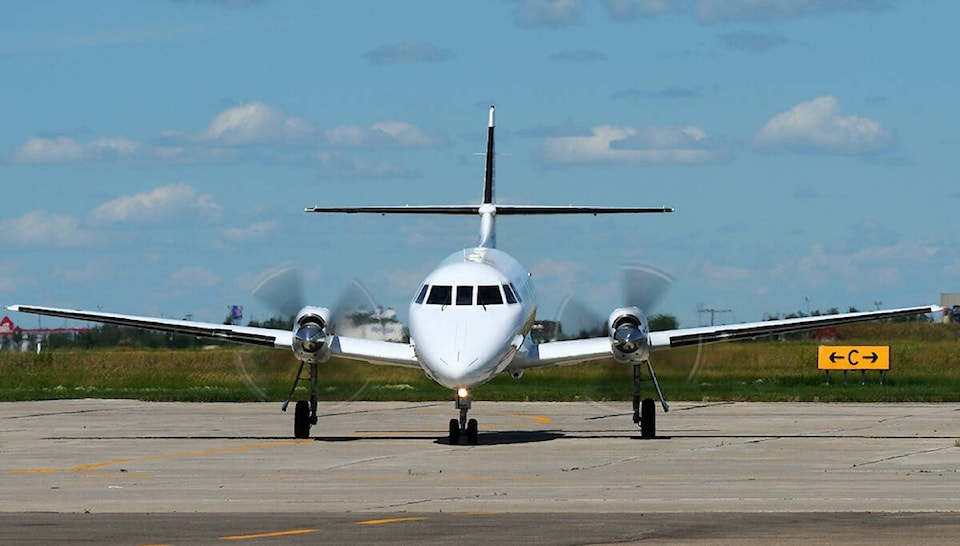One big piece of the puzzle that will help investigators piece together what happened in Fort Smith last week is now on its way to the nation’s capital.
The Transportation Safety Board (TSB), which is leading the investigation into the cause of the Northwestern Air Lease crash that killed six people on Jan. 23, told NNSL Media on Monday afternoon that it has recovered the plane’s cockpit voice recorder.
“It is currently en route from Fort Smith and the plan is to have it in our lab in Ottawa by Wednesday for download,” said a spokesperson with the TSB.
The recorder preserves any and all conversations between the pilots as well as any sounds in the cockpit.
The same spokesperson also confirmed that the fire at the crash site just outside the airport was related to the aircraft hitting trees and the ground and that the plane wasn’t on fire while in the air.
“It is too early to say what the causes and contributing factors of this occurrence might be,” the spokesperson said. “We must examine all the information before drawing any conclusions. The causes and contributing factors will be identified in our public investigation report at the end of the investigation.”
The investigation is being led by Jeremy Warkentin, who’s based out of the TSB’s regional office in Edmonton, and it’s been designated as Class 3. According to the TSB, these investigations “analyze a small number of safety issues, and may result in recommendations. Class 3 investigations are generally completed within 450 days.”
The first phase of the process includes investigators examining the crash site and wreckage, interviewing witnesses and collecting other information. After that, investigators will review pertinent records, test components of the wreckage in a lab setting, determine the sequence of events and identify any safety deficiencies. When safety deficiencies are suspected or confirmed, the TSB will let the appropriate authority know without waiting until the final report is published.
The report phase involves a draft document approved by the TSB that is sent to people or groups directly concerned by the report. They then have the opportunity to dispute or correct information they believe to be incorrect. The board considers all sides before approving the final report, which is subsequently released to the public.
Since 2005, the TSB has investigated one other instance involving the British Aerospace Jetstream 3212, the same aircraft involved in the crash. That was in 2008 when a Northwestern Air Lease plane rolled off the end of a runway at the Fort Smith Airport following a flight from Edmonton. Eighteen people were on board — two pilots and 16 passengers — but no one was injured. The investigation found that a slick runway was the cause.
